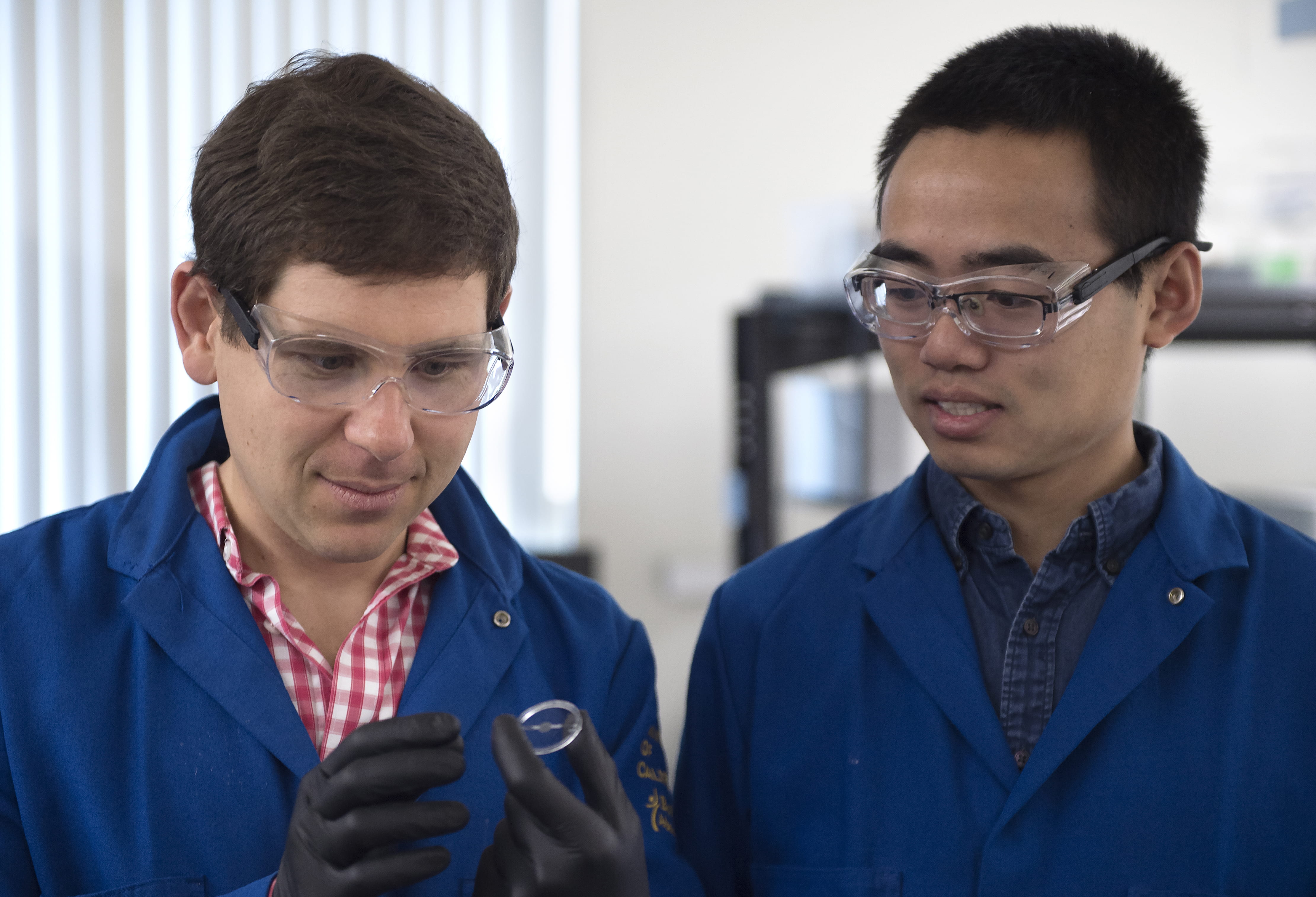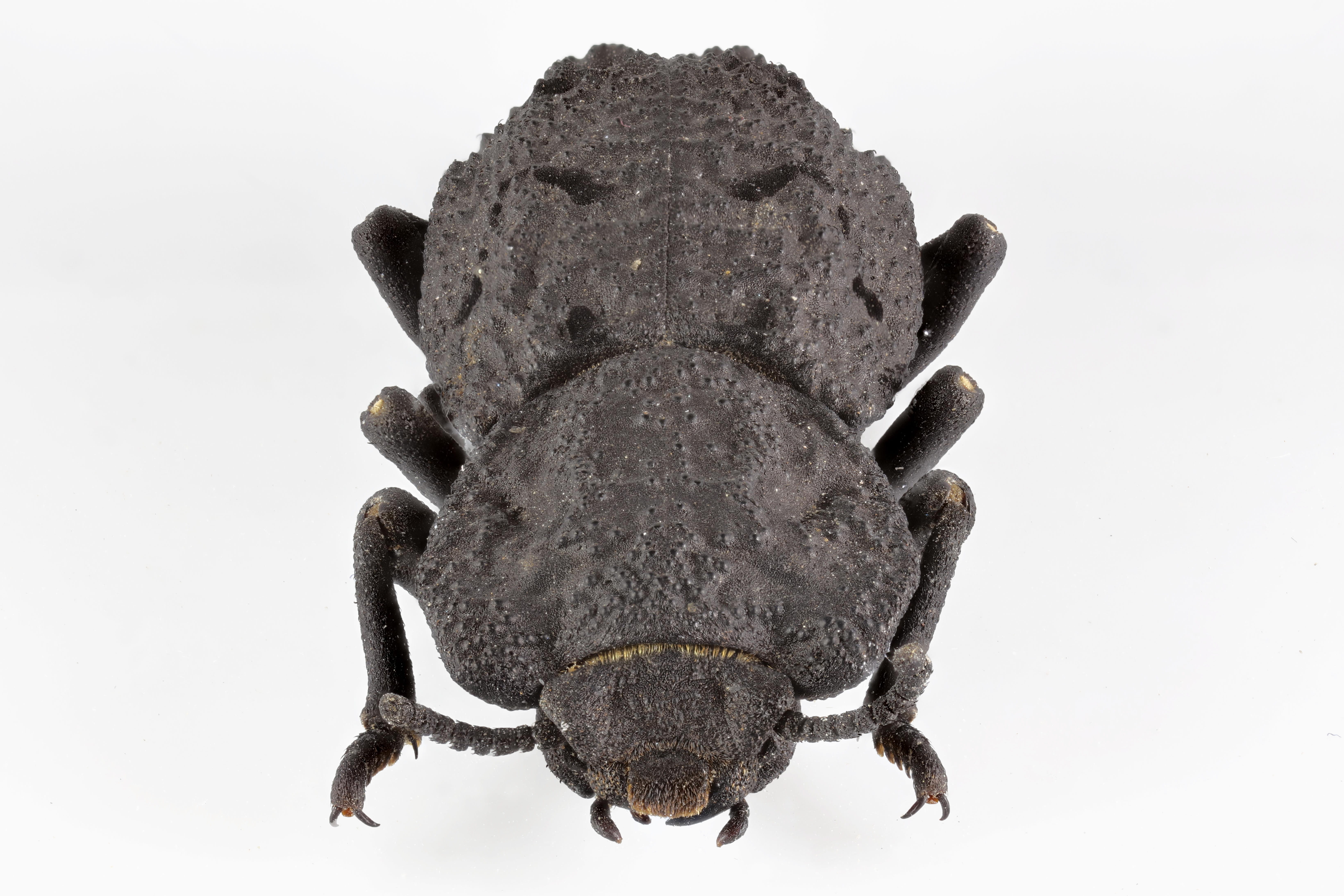More than a weatherman
Public Impact Fellow Scott Sellars is developing a better way to predict precipitation

Scott Sellars was consulting with the South Carolina Ports Authority when he recognized just how important weather data is to the safety and efficiency of the agency’s operations. If the wind blew above 30 knots, the massive mobile cranes used to load and off-load the ships’ cargo would start to roll down the dock, jeopardizing workers, equipment and vessels.
Because the South Carolina coast experiences highly variable weather – including violent thunderstorms, hurricanes and even tornadoes – the Ports Authority had hired Sellars, a meteorologist, to provide up-to-the-minute forecasts. When high winds were anticipated, the cranes could be locked down in a stationary position, minimizing risk.
“I saw how good information gathered from weather and climate science enhanced the decision-making,” Sellars says. Motivated by this insight, he enrolled in Columbia University’s master’s degree program in climate & society.
“During my time at Columbia, I repeatedly came across the papers and research from over 20 years of Professor Soroosh Sorooshian, a leader in hydrometeorology and water resources engineering,” he says. “I knew how important water resources were going to be to society in the future and that Dr. Sorooshian was one of the best in the field, so after earning my master’s, I sought to study under him at UC Irvine.”
Today, Sellars is a doctoral candidate in The Henry Samueli School of Engineering’s Department of Civil & Environmental Engineering. He’s attempting to develop a better way to predict precipitation. His research focuses on atmospheric rivers – large plumes of moisture transported from the tropics – affecting the West Coast.
Sellars uses satellite data to capture global precipitation events (rainfall, storms and hurricanes), then aggregates the characteristics of each, such as volume, intensity, duration, speed, etc. The events are treated like segmented objects, which allows them to be entered into a customized, searchable database, where Sellars identifies and analyzes patterns.
This new approach to understanding and predicting seasonal climate conditions could help improve the management of public water resources. Sellars is examining the past 10 years of data on California weather to try to pinpoint the reasons behind precipitation variations.
“In order to make progress in forecasting, we have to know the key processes that cause variability,” he explains. “The ultimate goal is to be better able to predict seasonal water supply and provide policymakers with the information they need to make smart decisions.”
Sellars’ efforts have earned him a UC Irvine 2012-13 Public Impact Fellowship. Instituted by Graduate Division Dean Frances Leslie, the $10,000 awards support graduate students whose work has the potential to significantly benefit society.
“There is no doubt in my mind that Scott’s dissertation research will have a broad impact at local, national and international levels,” says Sorooshian, Distinguished Professor of civil & environmental engineering and director of UC Irvine’s Center for Hydrometeorology & Remote Sensing.
“This research will contribute to a better understanding of the mechanisms resulting in variability of the precipitation patterns over California and their effect on the integrated water resources systems.”
Weather forecasting fascinated Sellars from an early age. As a teenager, he frequently watched The Weather Channel and made a game of estimating how long it would take the rain to travel from Birmingham, Ala., to Atlanta, where he lived.
Sellars is still trying to guess when the rain will come; he’s just gotten more sophisticated about it. “I believe the predictability is there,” he says. “If we can improve seasonal water forecasting in California, we can apply that method in other parts of the world.”



